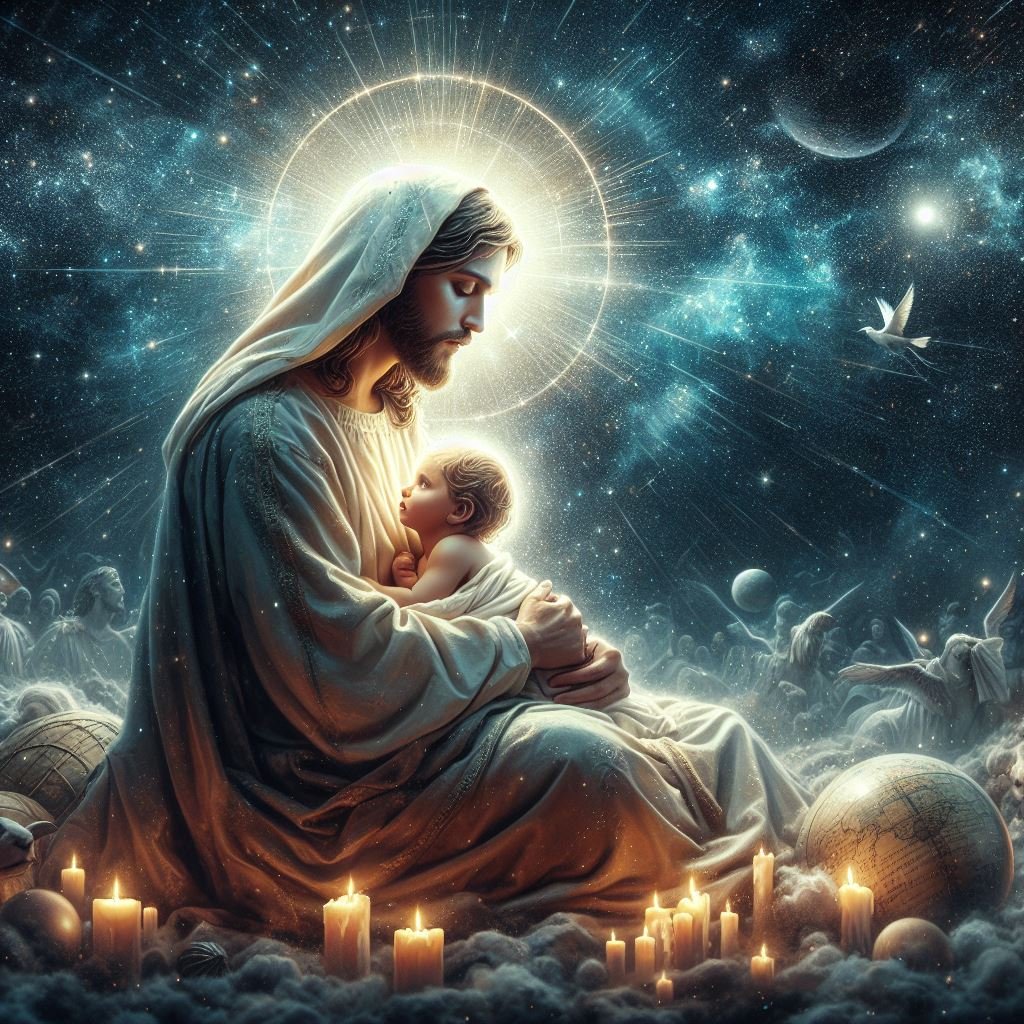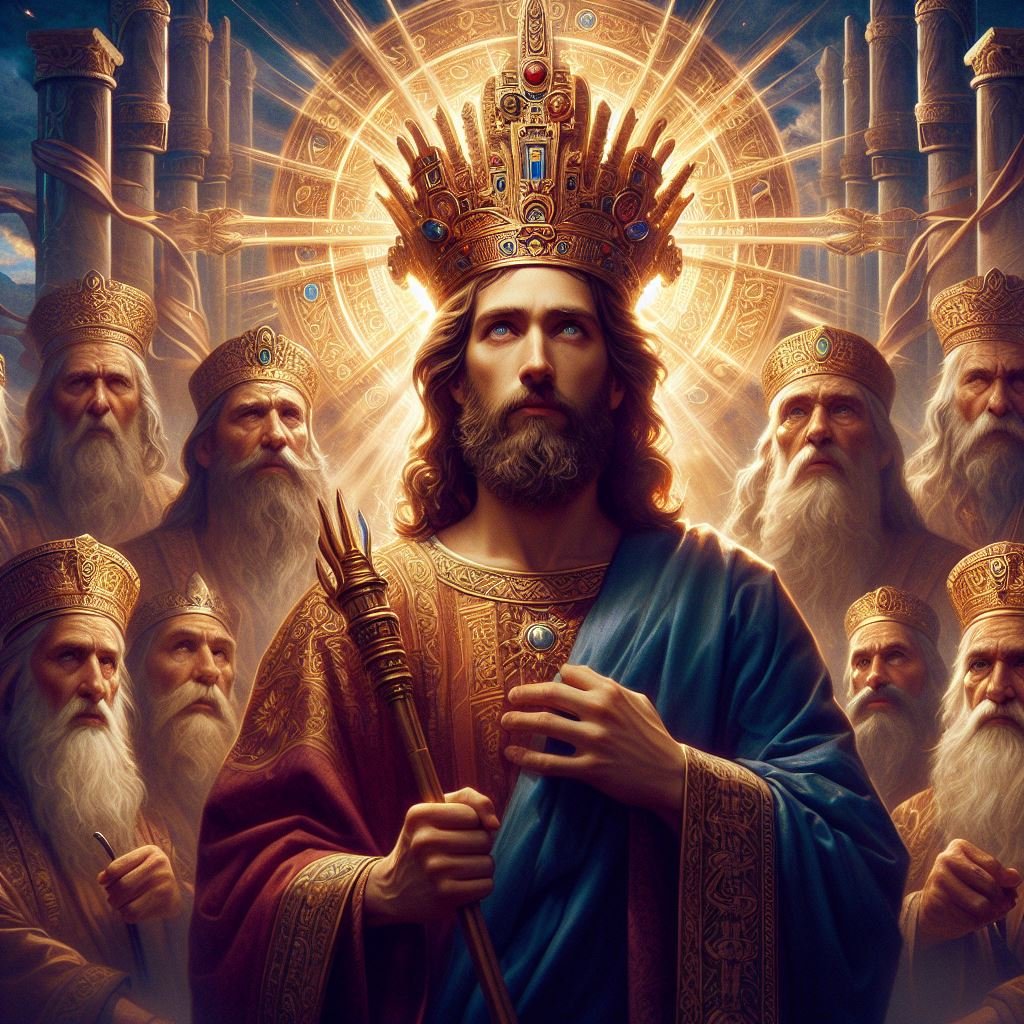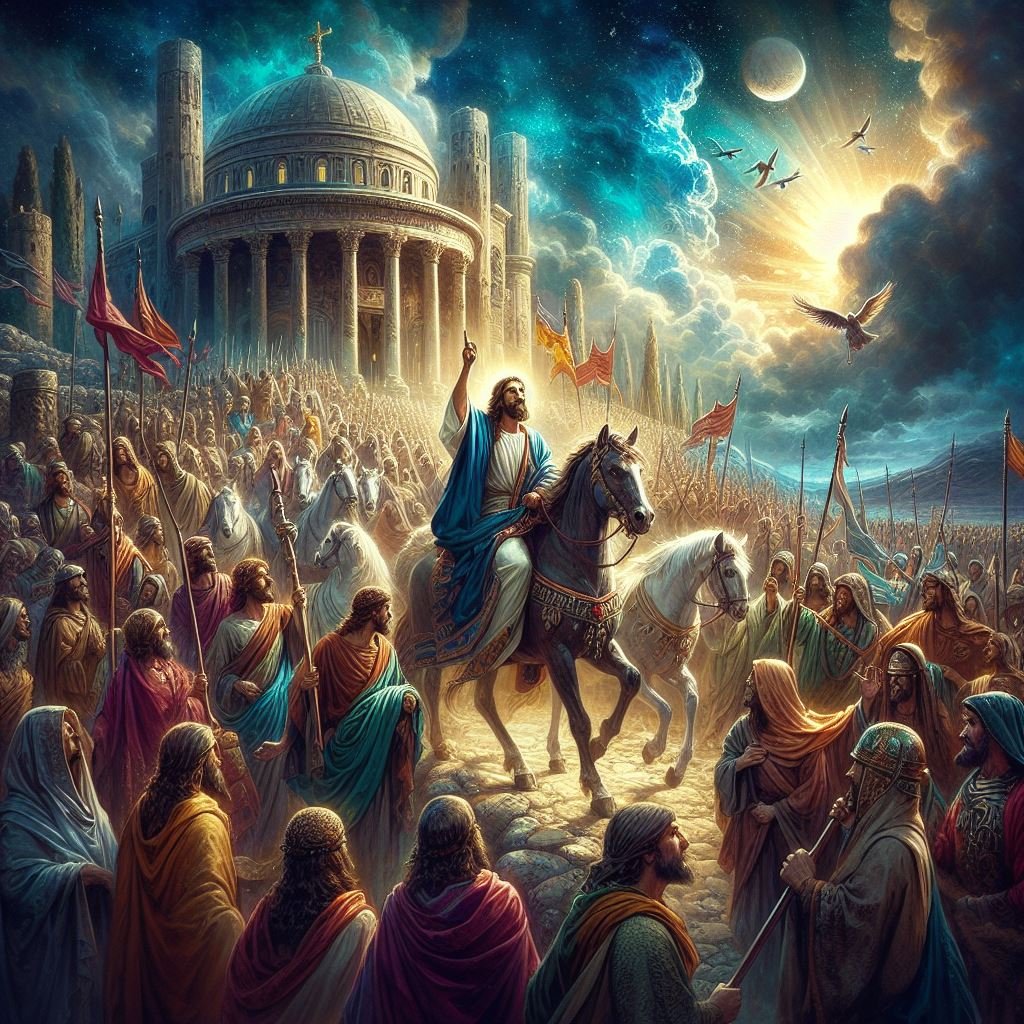Jesus and the Prophetic Tradition: A Tapestry of Fulfillment in Old Testament Prophecies
Introduction:

The narrative of Jesus Christ is intricately woven into the fabric of the prophetic tradition found in the Old Testament of the Bible. His life, teachings, and actions are often seen as the fulfillment of ancient prophecies, creating a profound connection between the Old and New Testaments. This article delves into the rich tapestry of Jesus’ life, unraveling the threads of fulfillment that bind him to the prophetic voices of the past.
- Messiahic Prophecies:

The Old Testament is replete with prophecies foretelling the coming of a Messiah – a divine figure who would bring salvation and redemption. Jesus, often referred to as the Christ, is seen as the fulfillment of these Messianic prophecies. The book of Isaiah, in particular, provides vivid descriptions of a suffering servant whose mission aligns closely with Jesus’ sacrificial role. - Virgin Birth and Immanuel Prophecy:
The prophecy in Isaiah 7:14 foretells the birth of a child to a virgin, with the name Immanuel, meaning “God with us.” The Gospel accounts of Jesus’ virgin birth, as narrated in Matthew and Luke, echo this ancient prophecy, emphasizing the miraculous nature of his conception and the divine presence in his life.
- Davidic Lineage and the Son of David:

The promise of an eternal kingdom through the Davidic lineage is a recurring theme in the Old Testament. In 2 Samuel 7:12-13, God pledges to establish the throne of David forever. The New Testament asserts Jesus’ lineage as descending from David, solidifying his identity as the promised Messiah and the rightful heir to the Davidic throne. - The Suffering Servant of Isaiah:
The book of Isaiah, particularly chapters 52 and 53, describes a suffering servant who would bear the sins of many. Christians interpret these passages as pointing directly to Jesus’ crucifixion, portraying him as the ultimate fulfillment of the sacrificial role outlined in the prophetic tradition.
- The Triumphal Entry and Zechariah’s Prophecy:

The Gospel accounts of Jesus’ triumphal entry into Jerusalem align with the prophecy in Zechariah 9:9, which foretells the arrival of a king riding on a donkey. The symbolic nature of Jesus’ entry, humble yet regal, echoes the prophetic imagery and reinforces the belief in his Messianic identity.
Conclusion:
The intricate interplay between Jesus and the prophetic tradition is a testament to the seamless continuity between the Old and New Testaments. His life becomes a living fulfillment of the promises, prophecies, and expectations woven throughout the pages of the Hebrew Scriptures. As believers reflect on the prophetic echoes in Jesus’ story, they find a profound affirmation of faith, witnessing the convergence of divine foresight and historical reality.
The connection between Jesus and the prophetic tradition transcends theological boundaries, resonating with believers across denominations and cultures. It serves as a foundational narrative that binds the Christian faith to its roots, affirming the belief that Jesus is the culmination of God’s redemptive plan as foretold by the prophets of old. In exploring these prophetic threads, believers find not only a confirmation of their faith but also a deep appreciation for the divine orchestration that weaves together the tapestry of salvation history.
Related Posts
-
 GOD’S LOVE
No Comments | Jan 17, 2024
GOD’S LOVE
No Comments | Jan 17, 2024 -
 Jesus Christ: An Exploration of His Life Through Biblical and Historical Perspectives
No Comments | Jan 23, 2024
Jesus Christ: An Exploration of His Life Through Biblical and Historical Perspectives
No Comments | Jan 23, 2024 -
 Hidden Years Unveiled: Exploring the Mysteries of Jesus’ Youth
No Comments | Jan 26, 2024
Hidden Years Unveiled: Exploring the Mysteries of Jesus’ Youth
No Comments | Jan 26, 2024 -
 Radiant Revelry: Illuminating Jesus’ Lighter Moments Filled with Laughter and Joy
No Comments | Jan 27, 2024
Radiant Revelry: Illuminating Jesus’ Lighter Moments Filled with Laughter and Joy
No Comments | Jan 27, 2024
